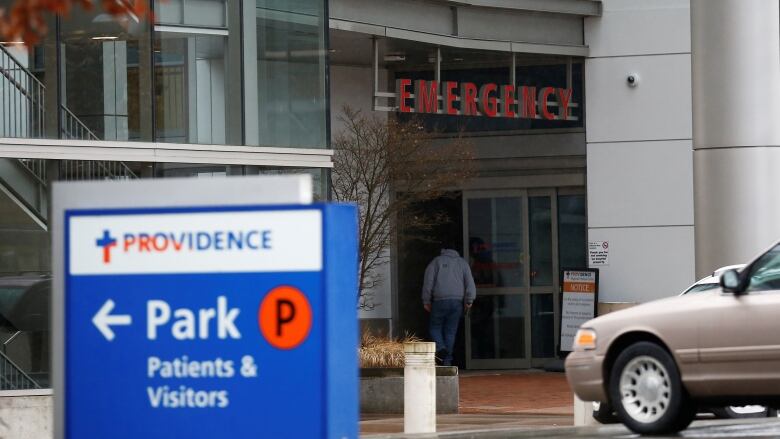Tips for visiting the emergency room from an emergency physician
If wait-times are an issue prompting visitors to return another time, it may not be an emergency, doctor says

Visiting the emergency department at the hospital is something most people have done, if not for themselves then fora loved one. ButDr. Fred Voon says many people don't really know how emergency medicine works.
Voon, currently based in Victoria, B.C., has been an emergency room physician for 15 years.
"I'd often hear the nurses fielding questions from the waiting room, and often they were the same questions day in and day out," Voon told On the Island host Gregor Craigie.
But when emergency departments get busy, nurses don't always have time to be answering questions in a timely way.
Voon decided to create a brochure with information for patients about how to navigate the emergency room, but there was so much information, he wrote a full-length book.
Your Inside Guide to the Emergency Department And How to Prevent Having to Go! offers tips for accessing care, including, how, when and where to seek emergency medical attention.
Know when to go
A lack of primary care in some cities has led to the emergency room being used as a walk-in clinic, putting pressure on an already stressed system.
The emergency room is primarily for life-threatening situations, or situations where vision or limbs may be in danger.

"With vascular or aortic emergencies, if you're having severe chest pain, especially if it's moving straight through to the back, you know, the worst pain in your life, that's something that you should call the ambulance for and go to the emergency without hesitation," Voon said.
If wait-times are an issue, prompting visitors to return at another time, Voon suggests it may not be an emergency after all.
Triage process
Emergency rooms aren't run on a first-come first-served basis.Instead, he says, patients are seen based on how urgently they require care.
Each patient is registered by a triage nurse who gets a brief history and checks vital signs, and that nurse makes a decision about how sick each individual is compared to the rest.
However, Voon says if a nurse in the emergency room notices a patient becoming worse, they'll flag that to a doctor to possibly move them up the list.
"We have some stresses on the emergency department, partly because of an unknown and unlimited number of people that could show up," Voon said.
Alternative care options
If a medical issue can be addressed without emergency care, there are other options for accessing help.
"If it's a non-urgent presentation, then they may want to choose care elsewhere if they can," Voon said.
For those who have a family doctor, they can often help. If they're away, there's generally someone filling in for them, Voon says, or an after hours number patients can call.
HealthLink BC is an option for those unsure of how serious their condition is. Translation services are available in more than 130 languages.
Voon also suggests having supplies on hand for acute medical conditions, such as medications for nausea and diarrhea, so you don't get caught off guard without the necessary tools to relieve discomfort.
With files from On the Island












_(720p).jpg)


 OFFICIAL HD MUSIC VIDEO.jpg)
.jpg)



























































































